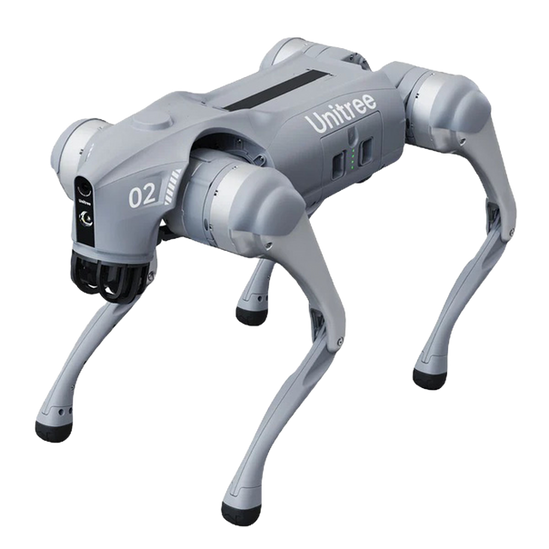Payload
The equipment carried by a drone, which can include cameras, sensors, or other tools. The type and weight of the payload determine the drone’s performance and capabilities in different applications, such as thermal imaging or agricultural spraying.
The world of drones has expanded beyond recreational flying into a vast array of industry applications, from agriculture to search and rescue. Understanding the terminology associated with drone technology, such as "payload," is vital for grasping how these unmanned aerial vehicles (UAVs) function and fulfill their designated roles. Knowledge of payload helps us appreciate its significance in maximizing drone performance and improving operational efficiency in various fields.
What is Payload?
Payload refers to the equipment carried by a drone, which can include cameras, sensors, or other tools. The type and weight of the payload are crucial factors that determine the drone’s overall performance and capabilities in various applications, such as thermal imaging for surveillance or agricultural spraying for crop monitoring. A well-selected payload can enhance a drone’s functionality, enabling it to complete tasks more effectively.
Key Concepts:
Weight Limitations: Each drone has a maximum payload capacity, exceeding which can impact flight performance and safety.
Payload Types: Various payloads serve specific purposes, such as high-resolution cameras for photography, multispectral sensors for environmental monitoring, or delivery mechanisms for logistics.
Impact on Flight Time: Heavier payloads may reduce flight duration, affecting the efficiency of missions, particularly in time-sensitive applications.
Compatibility: Not all drones can accommodate all types of payloads; compatibility depends on the drone's design and intended use.
Applications and Relevance:Payload plays a critical role across several industries, with practical uses including:
Agriculture: Drones equipped with multispectral sensors for crop health monitoring can drive precision agriculture, improving yield and resource management.
Emergency Response: Drones carrying thermal imaging cameras can locate missing persons or assess disaster areas quickly, allowing for faster response times.
Infrastructure Inspection: Payloads such as high-definition cameras and LiDAR sensors enable efficient inspection of bridges, power lines, and pipelines, reducing the need for scaffolding and manual inspections.
Delivery Services: Drones designed to carry packages are redefining logistics, particularly in remote areas where traditional delivery methods are impractical.
Challenges and Considerations:While the potential of drone payloads is vast, there are challenges to consider:
Regulatory Compliance: Different countries and regions have regulations governing payload usage, particularly for commercial applications; navigating compliance can be complicated.
Power Consumption: Heavier payloads can drain battery life, necessitating careful planning of missions to ensure drones can return safely.
Payload Integration: Ensuring that payload systems work seamlessly with the drone's controls and flight systems can present technical challenges.
Environmental Factors: Wind and weather conditions can significantly affect a drone's performance, especially when carrying heavier payloads.
Future Trends and Innovations:The field of drone payloads is evolving, with several emerging trends:
Miniaturization: Innovations in technology are leading to smaller, lighter sensors and cameras that maintain or enhance performance while reducing weight.
Swappable Payloads: Some drones are being designed with interchangeable payloads, allowing for versatility across different applications and tasks.
AI Integration: The incorporation of artificial intelligence in payload systems can improve data analysis and decision-making processes in real-time, enhancing efficiency.
Autonomous Payload Delivery: Advancements in autonomously navigating drones for package delivery are set to revolutionize logistics, with minimal human intervention.
Understanding the concept of payload is crucial within the broader context of drone technology and its applications. The careful selection and integration of appropriate payloads not only enhance the functionality of drones but also advance industries ranging from agriculture to emergency services. As technology continues to evolve, the innovation in payload capabilities will undoubtedly lead to further breakthroughs, showcasing the dynamic role drones play in solving complex problems and meeting diverse needs.














